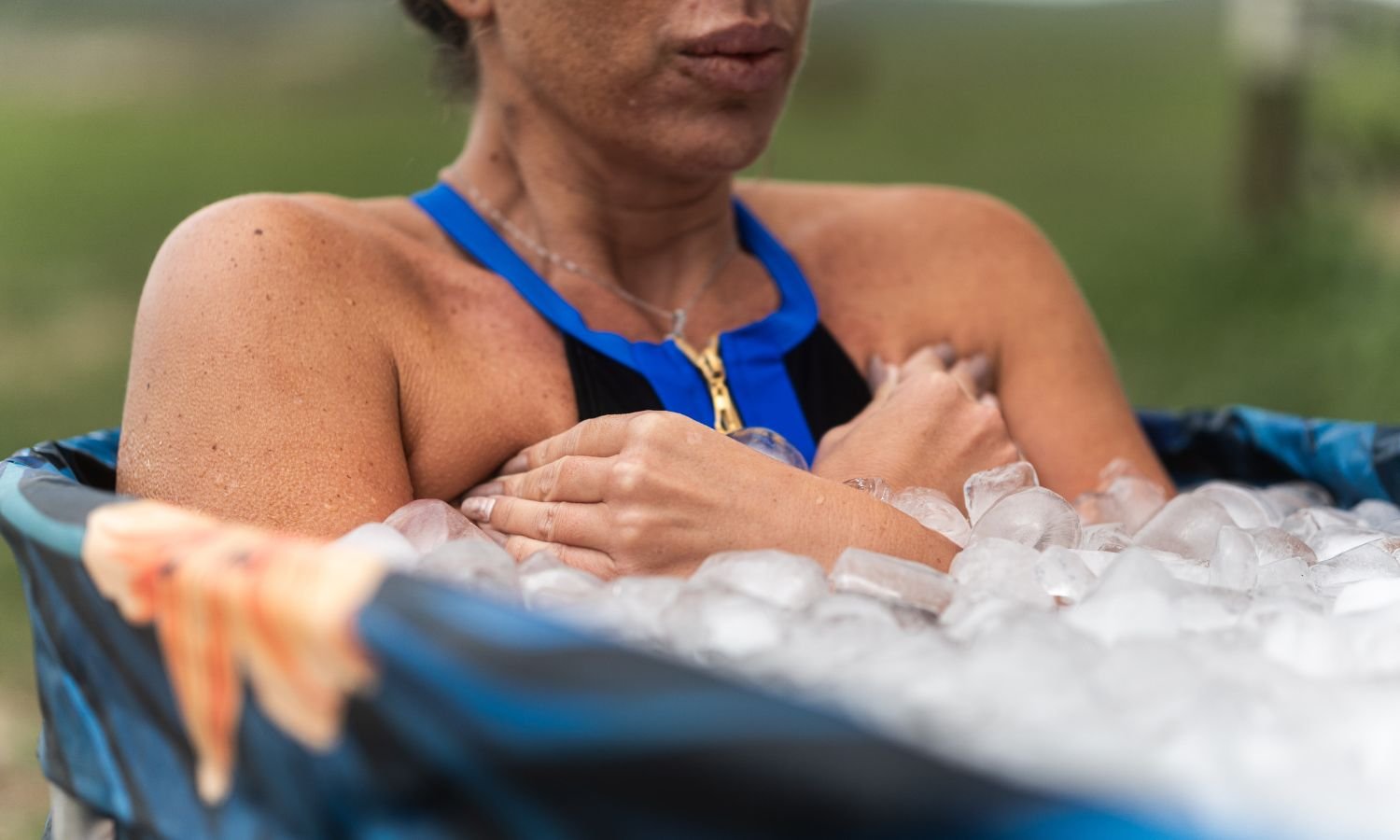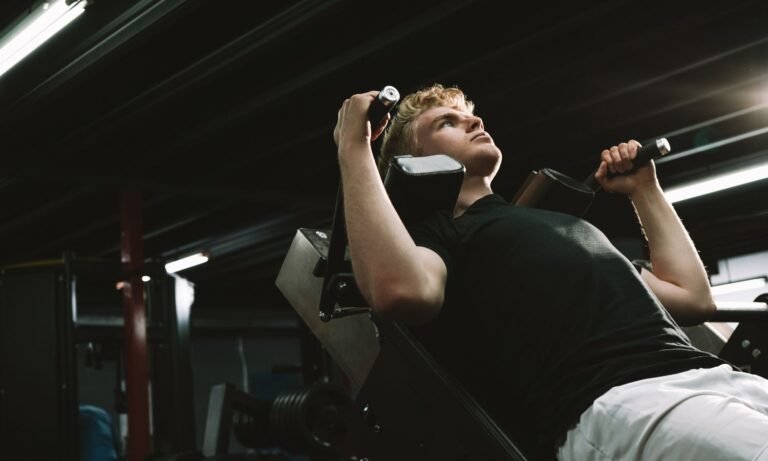Whether you’re a gym junkie chasing gains or a weekend warrior nursing sore muscles, recovery matters. Ice baths and cold showers have become popular go-tos, but which is truly better after weight training? Let’s break it down so you can choose the best chill for your post-workout routine.
The Benefits of Ice Baths for Recovery
Ice baths have been a go-to recovery method for athletes for decades. The icy plunge is famous for helping tired muscles bounce back faster after intense workouts. Plus, they feel oddly satisfying once you get past the initial shock.
How ice baths reduce muscle soreness
Ice baths work by constricting blood vessels, which helps flush out metabolic waste from your muscles. When you step out and warm up, fresh blood full of oxygen rushes back in, promoting faster recovery and reducing that dreaded post-leg-day ache.
The role of cold water immersion in inflammation reduction
Cold water immersion can significantly reduce inflammation by limiting the release of inflammatory markers. This means less swelling and quicker recovery, making ice baths a solid choice when you’re feeling beat up.
Duration and temperature guidelines for effective ice baths
Aim to stay in the bath for 10 to 15 minutes, with the water between 50°F and 59°F. Any colder might feel like punishment, while warmer water won’t deliver the same benefits.
The Benefits of Cold Showers for Recovery
Cold showers are a more accessible alternative for recovery. They’re quick, convenient, and still pack some post-workout perks. They’re also less intimidating, especially if you’re new to cold therapy.
How cold showers improve circulation post-exercise
Cold showers give your circulation a nice little boost by causing blood vessels to alternate between constriction and dilation. This helps your body deliver nutrients to sore muscles and carry away waste products.
Comparing the cooling effects of showers vs. baths
Showers don’t immerse your body as thoroughly as baths, which means the cooling effect isn’t as intense or widespread. However, they’re still great for a quick cool-down after a workout.
Practicality and accessibility of cold showers
Not everyone has an ice bath setup at home, but pretty much everyone has access to a shower. Cold showers are quick, don’t require prep, and are a no-fuss option when you’re short on time.
Comparing Ice Baths and Cold Showers
So, which one should you choose? That depends on your goals, time, and tolerance for discomfort. Both methods have unique perks that can help you recover smarter.

Which method is better for reducing DOMS?
Ice baths are the champ for reducing DOMS (Delayed Onset Muscle Soreness) thanks to their intense cooling effect. Cold showers, while helpful, don’t quite match up when it comes to muscle recovery.
Effects on athletic performance and recovery
Both methods can aid recovery and performance by reducing inflammation and promoting circulation. Ice baths are more effective for heavy-duty recovery, while showers are great for light recovery days.
Pros and cons of each recovery method
Ice Baths:
- Pros: Intense cooling, great for DOMS, faster recovery.
- Cons: Requires setup, time-consuming, uncomfortable.
Cold Showers:
- Pros: Convenient, quick, easy to incorporate.
- Cons: Less effective cooling, limited muscle recovery.
Additional considerations for athletes
While both cold showers and ice baths can help reduce muscle soreness and speed up recovery, there is evidence suggesting they might inhibit muscle growth. Because of this, some athletes use them during their sports seasons to recover quickly between competitive events. However, during pre-season when they are focused on building new muscle, they often avoid ice baths.
Scientific Evidence Behind Cold Therapy
Cold therapy isn’t just a fad—there’s actual science behind its benefits. Researchers have explored how different methods affect recovery and performance.
Studies supporting ice baths for post-exercise recovery
Research shows that ice baths reduce muscle damage and inflammation, helping you recover quicker after high-intensity workouts. They’re particularly effective after long training sessions or competitions.
Research on cold showers and their physiological impact
Cold showers have been found to boost circulation, improve mood, and even strengthen the immune system. While not as robust for recovery as ice baths, they still have their place.
Understanding the limitations of cold therapy studies
Many studies on cold therapy have small sample sizes or mixed results. It’s worth experimenting to see what works best for you and your recovery routine.
Practical Tips for Incorporating Cold Therapy
Adding cold therapy to your routine doesn’t have to be complicated. Here’s how to make it work for you.
When to use ice baths vs cold showers
Use ice baths after intense workouts or competitions when you need serious recovery. Opt for cold showers on lighter training days or when you’re short on time.
Combining cold therapy with other recovery strategies
Cold therapy works best alongside other methods like stretching, foam rolling, and proper nutrition. Think of it as one tool in your recovery toolbox.
Safety considerations for cold exposure
Avoid cold therapy if you have heart conditions or sensitivity to cold. Always listen to your body and don’t push past your limits—recovery should feel refreshing, not risky.
Summary
Ice baths provide intense cooling and reduce DOMS effectively, while cold showers are quicker and more convenient. Choose based on your recovery needs. Cold therapy can enhance circulation, reduce inflammation, and support recovery but doesn’t directly improve athletic performance. Spend 10 to 15 minutes in water between 50°F and 59°F for the best recovery results. Cold showers are safe for most, but avoid them if you’re sensitive to cold or have heart issues. Ideal temperature ranges from 50°F to 59°F for ice baths and below 70°F for cold showers.




